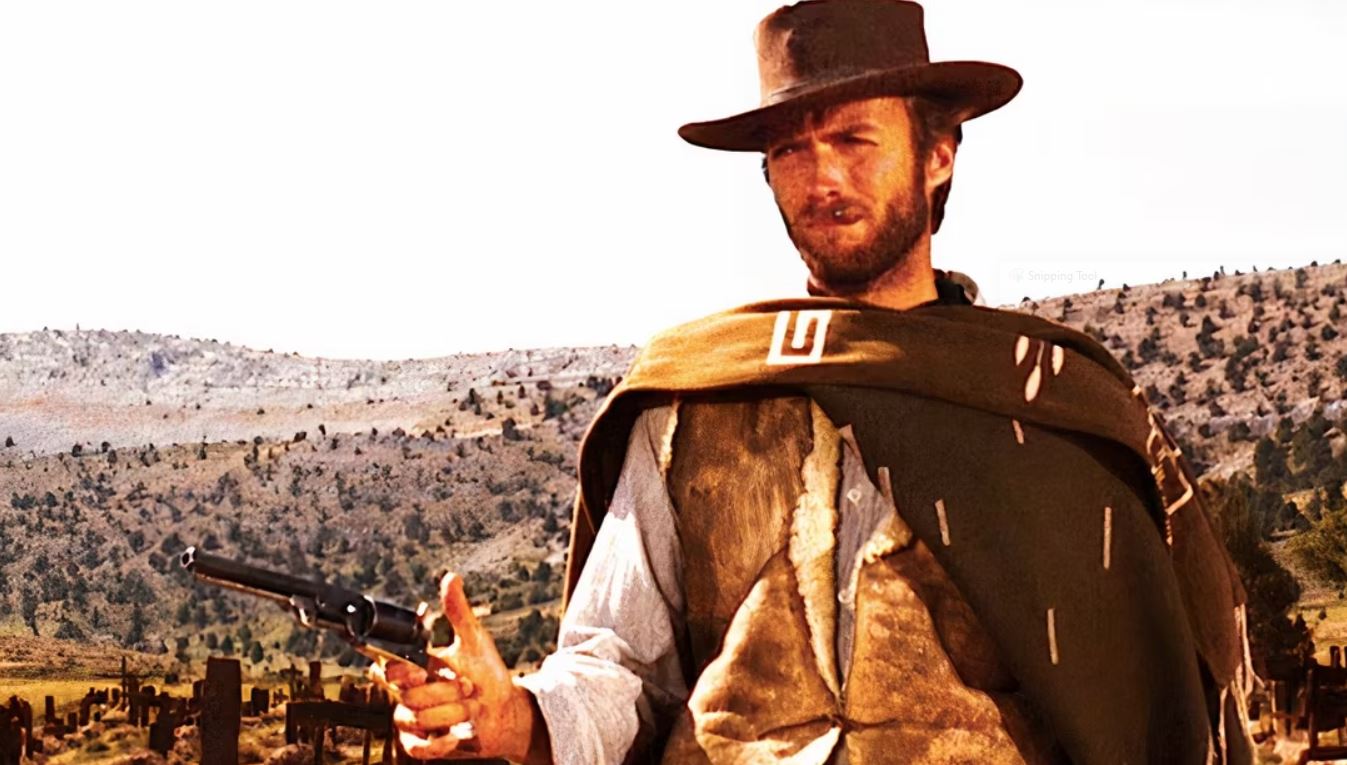The Good, The Bad And The Ugly is one of Clint Eastwood’s best movies, in large part because of a historically inaccurate scene. This film, which is the third in a trilogy about life in the Wild West during the Civil War, is widely considered to be one of the best Westerns ever made. It revolves around three gunslingers looking for treasure in the war-torn American Southwest. The meaning behind the title of The Good, The Bad, and The Ugly is far deeper than those being the nicknames of the three main characters, which adds to its depth.
The film resonated with American audiences, partially because the three archetypal characters reflected their beliefs that nothing would ever be the same as it had been before the turbulent 1960s. The ending of The Good, The Bad and the Ugly helped cement its legacy as one of the best all-time Western movies. Historians have labeled one part of this movie as more myth than fact, but that has done little to change its status as one of the best films of Eastwood’s career.
The Good, The Bad & The Ugly’s Gunfight Inaccuracies Explained
The Iconic Gunfight Reinforced Myths About How Often Such Battles Occurred
The gunfight at the end of the film is one of the movie’s best sequences. The three protagonists are fighting over the gold they’ve found, each wanting to walk off with the entire fortune himself, leading to a tense standoff until finally Blondie (Clint Eastwood) shoots Angel Eyes (Lee Van Cleef). The scene is extremely tense and includes the third man, Tuco’s (Eil Wallach) gun not firing because it is out of bullets. After Angel Eyes’ death, Blondie settles his feud with Tuco by hanging him but shooting the noose down at the last minute.
Although the tension and drama of this scene cemented it as a classic, the gunfight is not historically accurate. In reality, most people did not carry guns in the Wild West, and there weren’t quick draw-type duels like the one depicted in the film. Furthermore, the types of weapons used during that time period made it unlikely that one cowboy could easily shoot another at the distance depicted in films like The Good, The Bad and The Ugly. However, the historical inaccuracy does not detract from the film’s quality, especially since audiences expected scenes like this.
The Good, The Bad & The Ugly’s Ending Is Brilliant Despite Being Unrealistic
It Would Not Have Been As Dramatic And Compelling Without The Gunfight

The gunfight at the end of the film was deeply satisfying, especially to that segment of the audience that had watched the Dollars Trilogy in order. Blondie emerged as the hero and could have been the last man standing, but he chose to end his feud with Tuco in a different manner at the end of the tense showdown, which would not have happened had the film skipped the gunfight in order to be historically accurate.
A film like The Good, The Bad And The Ugly that is set in the Wild West with characters who are willing to use violence to solve their problems wouldn’t make sense without the climactic gunfight, especially given the bad blood between Blondie and Tuco. Blondie had abandoned Tuco in the desert before, and Tuco had gotten revenge by forcing Blondie to march through the desert until he collapsed from dehydration, so it would have been unrealistic to expect these characters to settle their differences non-violently.
The gunfight scene is a beautiful piece of cinematography that demonstrates the principle of the characters being true to themselves being more important than historical accuracy.
Furthermore, the gunfight is widely considered one of the best sequences in the genre because of its tension. It makes good use of dramatic timing, featuring a long pause before Angel Eyes draws his gun and Blondie fatally shoots him, and the fight is made even more compelling by the musical score accompanying the scene. The gunfight scene is a beautiful piece of cinematography that demonstrates the principle of the characters being true to themselves being more important than historical accuracy.
The Good, The Bad & The Ugly Has Several Other Inaccuracies
The Film Was Not Meant To Be A Historically Accurate Depiction of The Civil War
The Good, The Bad and The Ugly is by no means an accurate Civil War depiction, nor was it intended to be. The film made mistakes such as using Gatling guns, which were even less common in New Mexico than in the parts of the United States where the Civil War was being fought. Additionally, in real life, soldiers did not blow up bridges during the Battle of Glorietta Pass, though many battles were fought over bridges.
The writers clearly took liberties with the historical material to create an entertaining film, and it worked. The Good, The Bad And The Ugly fails as a documentary about the Civil War, but that wasn’t its intended purpose. The movie revitalized the Western genre at a time when audiences were growing bored, provided a solid story with strong characters, and concluded with an iconic gunfight that more than made up for historical inaccuracy with its dramatic tension.
